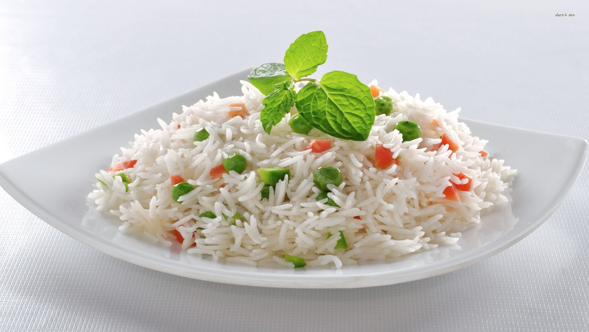WELLNESS--We have heard about fiber and how it is touted as one of the most important tenets to a healthy diet, but did you know that fiber is contained in foods from rice all the way to broccoli? Let’s break down the basics of fiber to get a better understanding and you will see that not all fiber is created equal.
First, there is soluble and insoluble fiber. Soluble fiber is fiber that can be broken down and digested. It draws in water and turns into a gel like substance in the body and tends to slow digestion. It is found in oat bran, barley, nuts, seeds, beans, lentils, peas, and some fruits and vegetables. Insoluble fiber is fiber that moves all the way through the digestive tract without being broken down and tends to speed up the digestive process. This is the fiber some people refer to as “nature’s broom” because it helps us to bulk up our stool. Insoluble fiber is found in dark leafy green vegetables, broccoli, cauliflower, berries, and other fruits and vegetables.
Grains are another part of the story, and while they do have fiber in them, there are many arguments against the need for grains in our diet. Grains don’t have the micronutrients that fruits and vegetables have, and they do tend to spike the blood sugar when eaten alone. On the other hand, for people with IBS or other digestive disorders, there are times when gentle foods like rice and other grains can work to calm the gut. There are also ways to cook grains to make them more starch resistant avoiding that big jump in blood sugar. While there is fiber in muffins, let’s not delude ourselves into believing that eating 5 grams of fiber by way of a muffin is as healthy as eating that same amount of fiber consuming broccoli or other fruits, vegetables, or nuts.
According to the mainstream beliefs around fiber, most health and nutrition experts say woman need about 25 grams a day and men need about 38. Other less mainstream practitioners say we need up to 50 grams per 1000 calories that we consume a day. Now before you panic and start guzzling fiber powder drinks it’s important to note that while more fiber is generally a good idea, there are other factors to consider.
If you are in the camp of people suffering with a chronic digestive disorder like Colitis or IBS you may not want to eat 30 grams of fiber in leafy greens and broccoli if you’re having a flare up. That can be too much for a system that is already compromised. If you are one of these people introduce fiber slowly with small amounts at first and be sure to steam your vegetables and not fry them. Steam them so they are relatively soft, or boil them with the knowledge that this removes even more fiber from them. Removing the fiber will make them more easily digested as apposed to raw vegetable that will be too rough on an already irritated digestive tract. Once the system is fully healed, keep your fiber intake high to prevent further problems and go back to steaming.
Finally, there are 7 billion humans on the earth, and therefore 7 billion different diets. It is your job to figure out exactly what your body requires and feed it accordingly. There is no need to make this more complicated that it is.
Ask yourself some simple questions such as; Is my digestion and elimination working well? Am I having normal and formed bowel movements and is my gas and bloating level very low? Am I exercising and is my energy level normal to high? Am I free of symptoms indicating illness? If you answer yes to all of those questions, chances are good that you don’t need to make any major changes to your diet and lifestyle.
If you know that a few healthy tweaks here and there could help then go for it, but don’t worry about trying to be perfect. That only creates stress and imbalance in our lives. Keep striving for optimal health and wellness!
(Christian Cristiano is an acupuncturist in LA, TV host of Wellness for Realists and writes on wellness regularly for CityWatch. Christian can be reached at 323.935.3420. twitter: @CristianoWFR)
-cw
